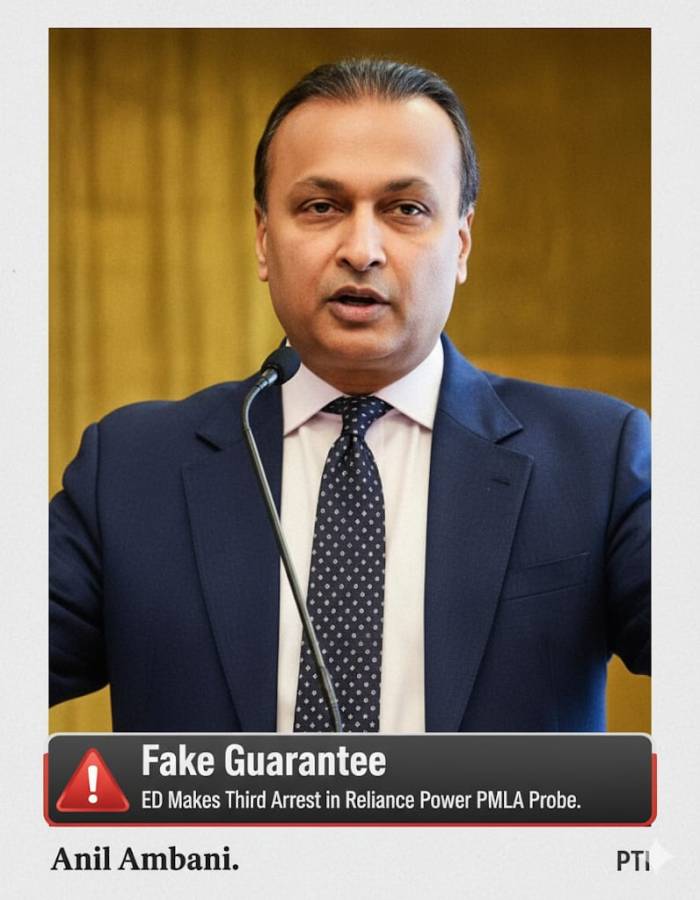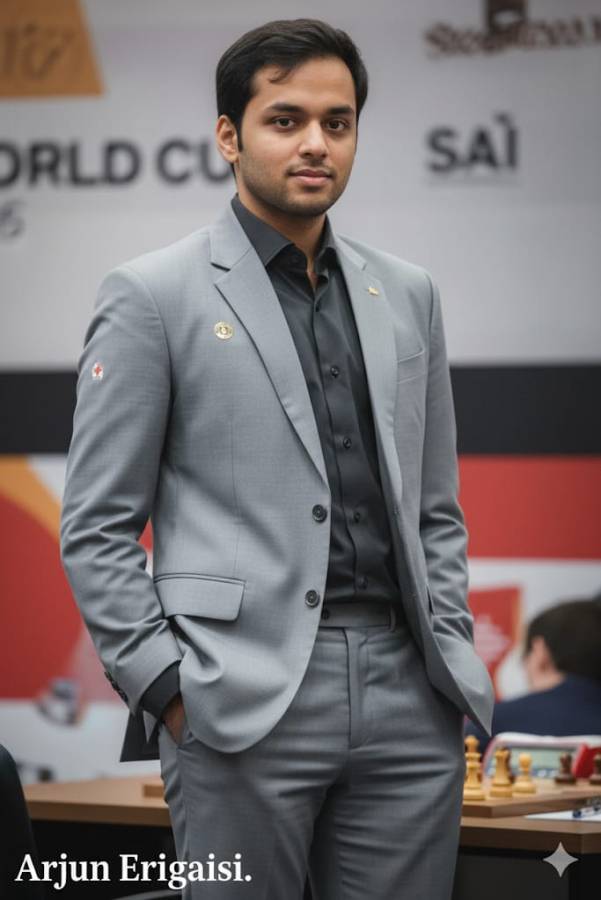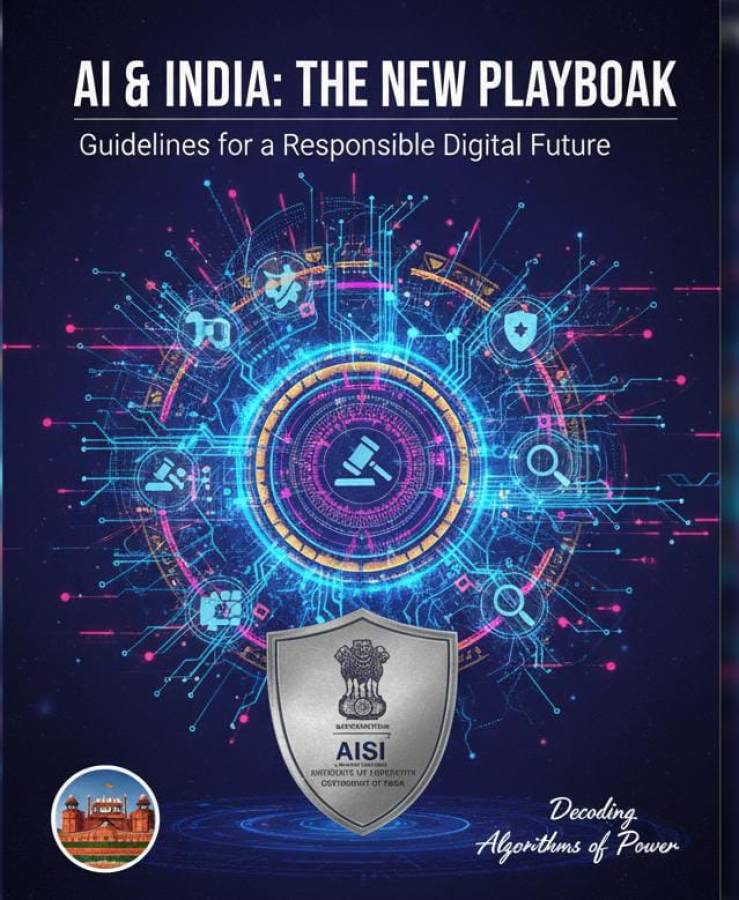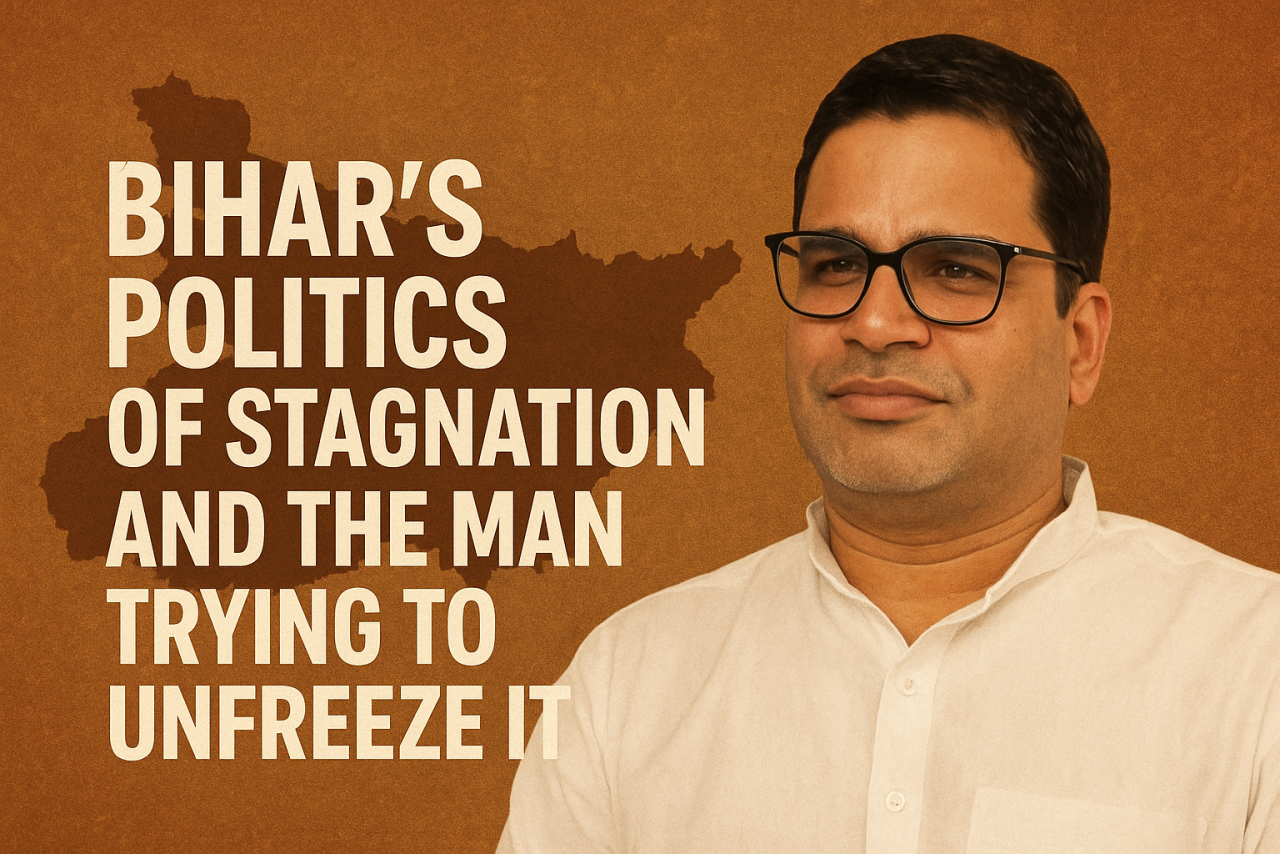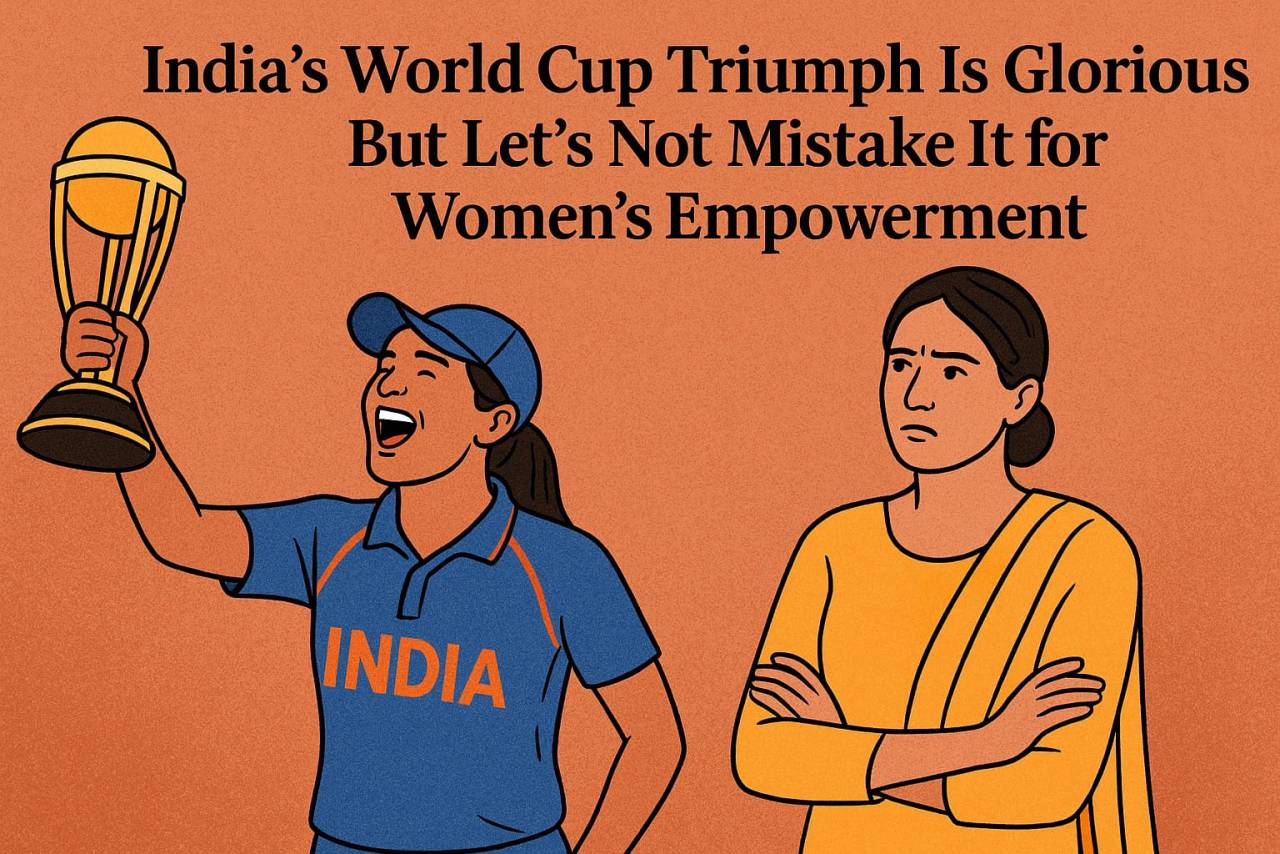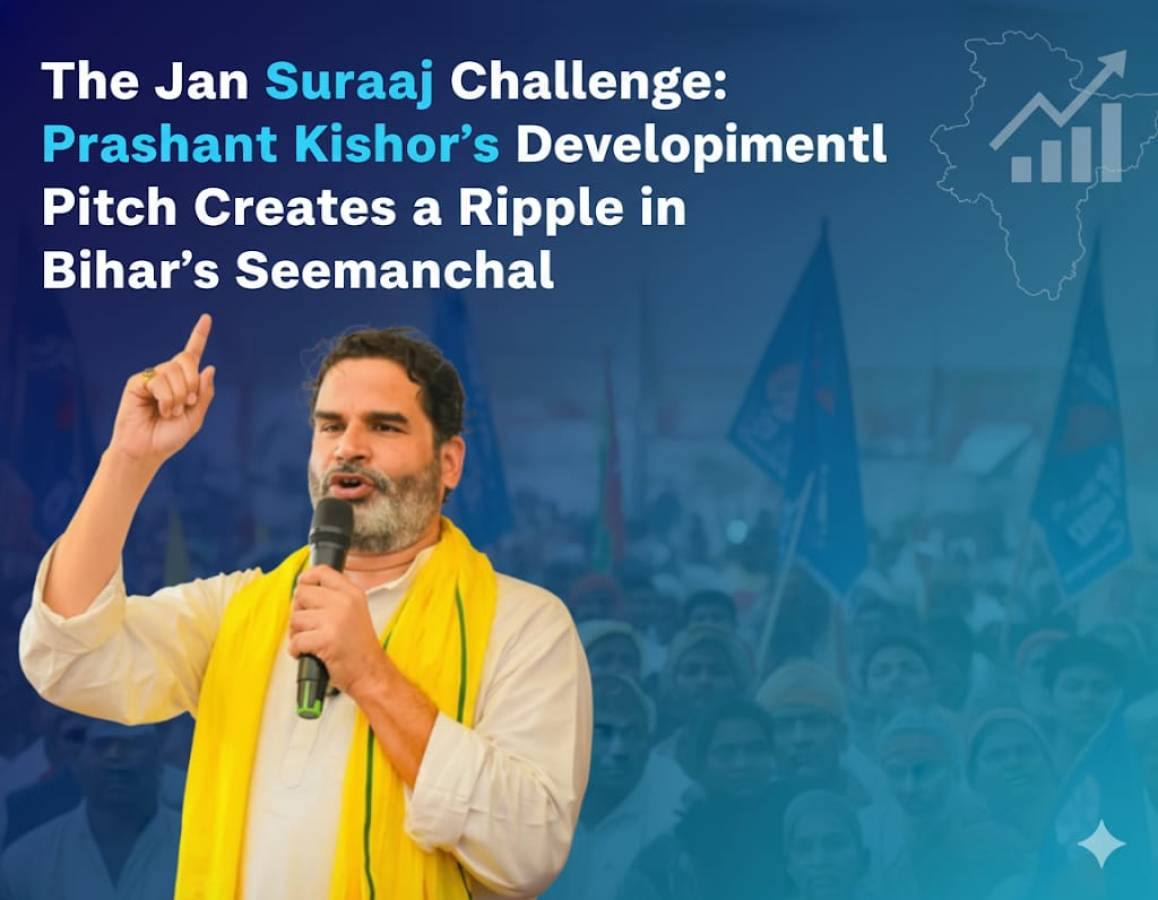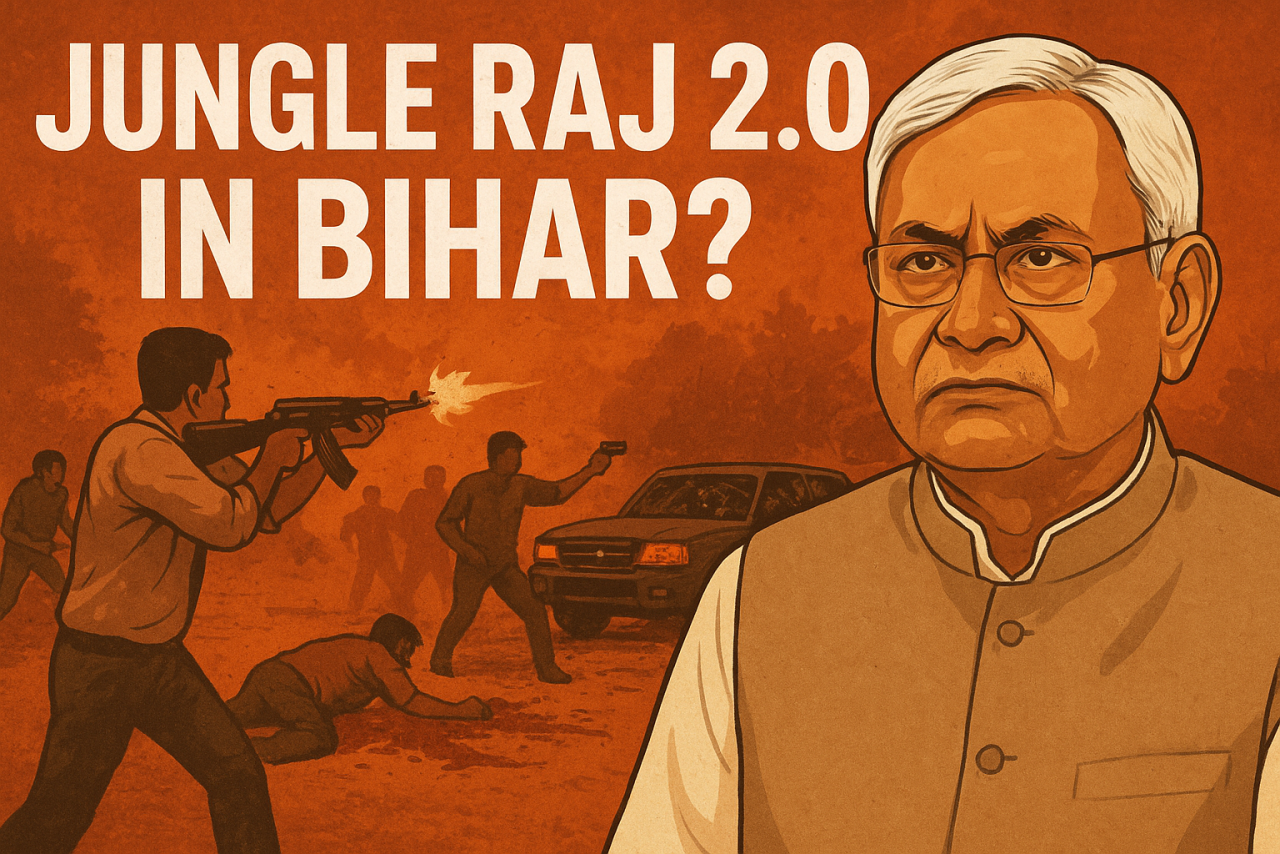
The India–Pakistan cricket rivalry has always been more than a sporting contest. It carries history, politics, and emotions that spill far beyond the boundary rope. Yesterday’s Asia Cup clash once again proved this point. India won convincingly, dominating Pakistan in batting, bowling, and fielding. Yet, the biggest talking point of the evening was not India’s victory, but the controversial celebration by Pakistan’s opener Sahibzada Farhan. After scoring a fifty, he mimicked firing a gun in the air. What might have been dismissed as a personal style of celebration has been interpreted by many in India as a deliberate reference to the recent Pahalgam terror attack.
The reaction was swift and fierce on social media. Indian fans, former players, and analysts condemned the act as distasteful and provocative. To them, the gesture crossed the thin line between sport and politics. Cricket, especially in the subcontinent, is followed with religious passion. It is a platform where millions come together for entertainment and national pride. Inserting a symbol of violence in this arena is not only reckless but also damaging to the spirit of the game.
For India, the timing of the celebration could not have been more sensitive. The Pahalgam attack, which claimed innocent lives, is still fresh in public memory. In this backdrop, Farhan’s gun gesture looked less like a quirky celebration and more like a tacit nod to militancy. Whether he intended it or not, the perception was created, and perception often becomes reality in the charged atmosphere of Indo–Pak relations.
The International Cricket Council has a clear code of conduct regarding on-field behavior. Players are expected to avoid actions that can incite anger, convey offensive messages, or carry political undertones. There have been precedents in the past. In 2019, England’s all-rounder Moeen Ali was banned from wearing wristbands that displayed political slogans. Similarly, South African players were once warned for gestures linked to domestic politics. Against this backdrop, Farhan’s gun celebration falls squarely into the category of conduct that merits disciplinary action. A fine or suspension would be consistent with the ICC’s stated position on keeping politics and violence away from cricket.
India’s cricketing fraternity has responded with maturity, focusing more on the team’s performance. Yet, former players like Virender Sehwag and Harbhajan Singh, known for their blunt views, have hinted that the ICC must not ignore the issue. To them, silence would set a dangerous precedent where political or violent symbolism becomes normalized in sport.
Pakistan, on the other hand, is likely to dismiss the controversy as an overreaction. Their cricket board has often taken a defensive position in similar situations. Yet, this habit of brushing aside responsibility only fuels the perception of Pakistan as a nation unwilling to confront its image problem. Sports are supposed to build bridges, but time and again Pakistan’s conduct, both on the field and off it, adds to the wall of mistrust.
The larger point, however, is not just about one player’s mistake. It reflects how deeply sport is intertwined with politics in South Asia. India, with its growing stature in cricket and global diplomacy, sees itself as a responsible power. Pakistan, struggling politically and economically, often falls back on symbolism that caters to domestic audiences but embarrasses it internationally. When Farhan raised his imaginary gun, he might have been playing to a local gallery, but in doing so, he dragged cricket into a narrative of violence.
It is also worth noting that this is not the first time Pakistani players have courted controversy with their celebrations. In 2018, after a victory against Australia, several Pakistan players performed military-style salutes. While it was explained as a tribute to their armed forces, it was viewed in India as another attempt to militarize the game. The gun gesture now seems to be part of this continuing trend.
For India, the response lies in strength both on and off the field. Yesterday’s victory, achieved with authority, reminded Pakistan that cricketing skill cannot be overshadowed by theatrics. At the diplomatic level, pressing the ICC for strict action would reinforce the principle that sport cannot be a platform for subtle propaganda or glorification of violence.
Ultimately, cricket thrives when it remains a contest of talent and temperament, not a theatre for political gestures. The Asia Cup match could have been remembered solely for India’s all-round dominance. Instead, it will be remembered for the wrong reasons, thanks to one ill-judged act. Sahibzada Farhan might argue that it was only a harmless celebration, but in the charged atmosphere of Indo–Pak relations, symbols carry heavy weight.
The incident must serve as a lesson for all players. In a world where every move is scrutinized by cameras and amplified by social media, responsibility is as important as performance. A boundary or a wicket can win applause, but a reckless gesture can spark outrage that lasts far longer.
The gun celebration has placed Pakistan cricket once again in a position of shame. For India, the victory remains sweet, but the larger battle is about ensuring that the game retains its sanctity. The ICC now faces a test. Will it act firmly to discourage violent and political symbolism in sport, or will it let the matter slide? The answer will shape not just the future of one player, but the credibility of cricket as a global sport.


